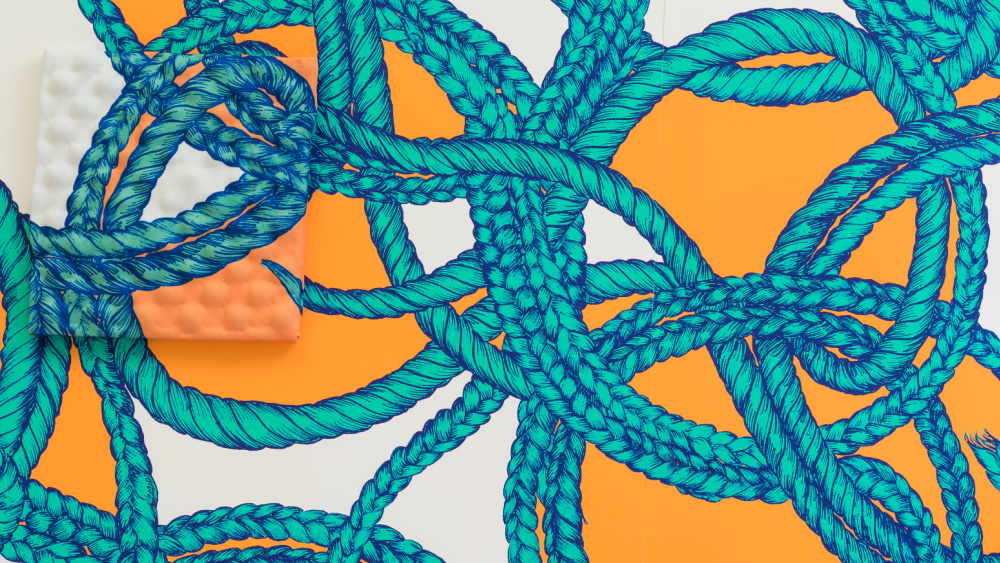In the digital printing world, surface imaging (or surface decorating) refers to using different types of digital printing, cutting, embellishing, and engraving devices to add decorative designs and images to textiles, rigid panels, flexible films, wallcoverings, and other surfaces used in architecture, interior design, fashion, sports apparel, and residential and commercial décor.
In other words, surface decorating specialists can design and produce small runs of custom textiles or building materials for branded offices, museums, and themed environments. These applications go well beyond the sigs, displays, and visual communications that traditional print-service providers offer.

One place to learn more about the surface imaging is Jefferson University in Philadelphia. In the university’s Center for Excellence in Surface Imaging, you can enroll in one of the college’s new Surface Imaging Advanced Practice courses. All of the courses are related to using advanced digital printing technologies for surface imaging. The non-degree, graduate-level courses are typically scheduled as accelerated 3-day weekend programs.
Courses scheduled for the Fall of 2023 and Spring, Summer, and Fall of 2024 include:
- MSSI 501: Digital Textile Printing (wet and dry processes)
- MSSI 502: Hard Surface Digital Printing (including 2.5 D printing of textured surfaces)
- MSSI 503: Digital Printing for Flexible Substrates (wallpaper, cling vinyl, print/cut decals and stickers)
- MSSI 504: Digital Color Management (theory and hands-on work)
- MSSI 505: Printing Technology (online lecture)
- MSSI 506: Surface Imaging Design (basic principles of decorative design processes)
- MSSI 510: Specialist Printing (special effects with flatbed textile screen printing)
- MSSI 550: Surface Imaging Pattern Design (on porous, non-porous, flexible, and rigid substrates)
According to Hitoshi Ujiie, the director of the Center of Excellence in Surface Imaging, these graduate courses are for “Anyone who has the bachelor’s degree and the ability to create digital imageries, such as simple photos, graphic designs, scanned drawings, and patterns.”
For example, print-service providers could send some members of their design teams to one or more of the Surface Imaging Advanced Practice courses. Individuals without design experience should enroll in the university’s course in basic design for printing first.
“Our focus is to have working professional practitioners, who are interested in learning new printing techniques,” says Ujiie.
The Center for Excellence in Surface Imaging is equipped with a variety of roll-to-roll, flatbed, sublimation, textile, and print-and-cut devices from Mimaki, Mutoh, Epson, and Roland DGA. Software used to prepare print files include Ergosoft Textprint and Wasatch SoftRIP.
For more information, visit about the courses, visit: Surface Imaging Non-Degree Coursework at Kanbar College of Design, Engineering, and Commerce at Thomas Jefferson University.
RECOMMENDED READING
Wide-Format Impressions: Opportunities in Surface Decorating by Eileen Fritsch
Print-service providers can use specialized digital printers and inks to make durable, decorated metal, building panels, glass, and wall art for permanent installation in new and remodeled buildings.
